Aircons & Heaters in Melbourne
Explore our energy-efficient, cost-effective cooling and heating solutions, expertly installed by local professionals. Perfect for Melbourne's changing seasons. Book a free consultation today!
Air Conditioning & Heating Systems for energy efficient Homes
reverse cycle systems
At Zero Energy, we help Victorian households stay comfortable all year round with energy-efficient air conditioning and heating solutions. Whether you’re looking to upgrade your existing system or electrify your home as part of a gas-to-electric transition, we provide tailored solutions using the latest in HVAC technology.
Choose from ducted reverse cycle systems, multi split units, and take advantage of generous government rebates.

How Reverse Cycle Air Conditioning Works?
Reverse cycle systems function as both heaters and coolers, using refrigerant technology:
Cooling Mode: Heat is extracted from inside your home and released outdoors.
Heating Mode: The cycle reverses—extracting heat from outside air and bringing it indoors.
Efficiency: Heat pumps can deliver up to 4x the energy they consume, making them highly efficient.
This all-in-one solution is perfect for year-round comfort and contributes to reducing your household’s carbon footprint.
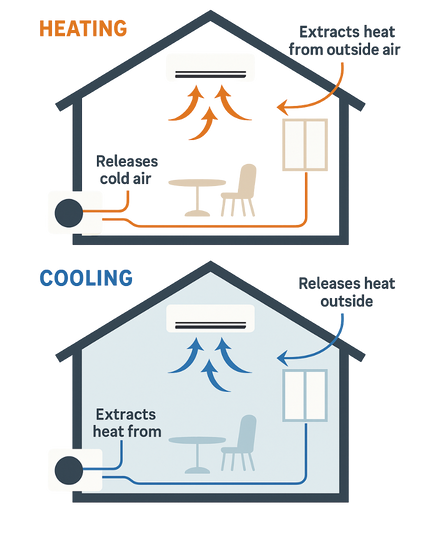
Ducted Heating & Cooling Systems
Enjoy whole-home comfort with Zero Energy’s ducted reverse cycle systems—designed to deliver powerful, energy-efficient heating and cooling through a single, discreet solution. Perfect for medium to large homes, ducted systems use a central indoor unit connected to ceiling or floor vents throughout the house, offering uniform temperature control across every room.
Smart zoning for room-by-room temperature control [Ask for AirTouch]
Quiet operation with minimal visual impact
Reverse cycle technology—heats in winter, cools in summer
Wi-Fi enabled controls for smart home integration
High energy efficiency—ideal for all-electric homes
Zero Energy supplies and installs trusted brands like Mitsubishi Electric, Daikin, ActronAir, and Midea VRF.
Whether you’re replacing an old gas heater or building an energy-efficient new home, ducted aircons and ducted heaters offers reliable comfort, year-round performance, and a cleaner future for your family.
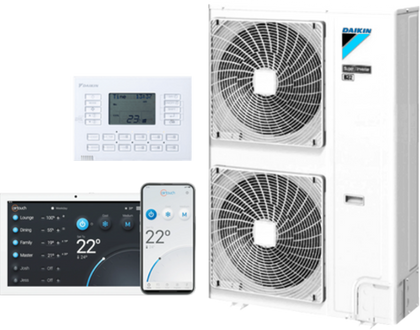


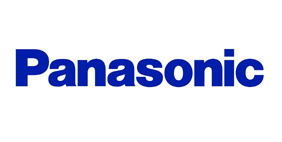


better zone control for ducted systems?
AirTouch is a smart controller for ducted and multi-split air conditioning systems, offering advanced control, comfort, and energy efficiency. It connects via an app or wall panel, allowing homeowners to manage temperature and airflow by zone.
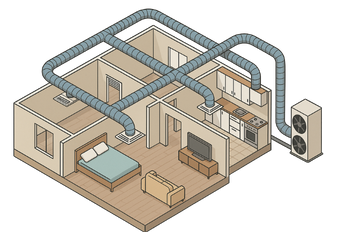
Key Benefits:
- – Smart Zoning: Heat or cool only the rooms in use.
- – Energy Efficiency: Reduce power bills with optimised control.
- – Remote Access: Control your system via smartphone anywhere.
- – Voice Control: Works with Google Assistant and Alexa.
- – Real-Time Monitoring: Track and adjust energy usage easily.
Add Airtouch system with your Ducted system?
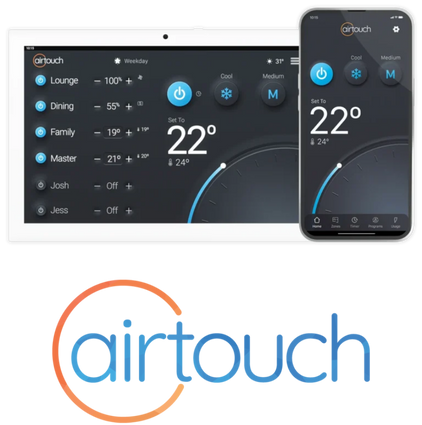
Multi Split Systems
Multi Split Air Conditioning Systems are a smart, space-saving way to heat and cool individual rooms in your home—perfect for small to medium-sized properties or households that want flexibility and control. These systems connect multiple indoor units to a single outdoor unit, allowing you to customise temperatures room by room, without installing a full ducted network.
Individual temperature control for each room
Energy efficiency—cool or heat only the spaces you use
Compact design with minimal disruption to walls or ceilings
Cost-effective installation for renovations or homes without ceiling space
Wi-Fi control and smart home compatibility
Reverse-cycle heating & cooling in one system
Zero Energy offers a range of high-quality multi split systems from top-tier brands like Mitsubishi Electric, Daikin, Panasonic, and Carrier. We also help eligible customers unlock rebates through the Victorian Energy Upgrades (VEU) program, reducing your upfront costs.
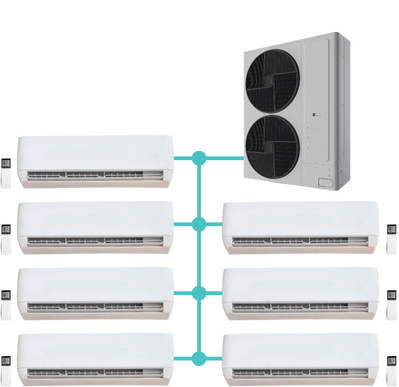





Available Government Rebates
Victorians can save big on energy-efficient heating and cooling systems thanks to government rebates under the Victorian Energy Upgrades (VEU) program.
Receive up to $2,000 off the installation of a reverse-cycle ducted system
Additional incentives available for multi split systems and heat pumps
Eligible products must be installed by an accredited provider like Zero Energy
We’ll handle the rebate paperwork for you—making it easier to upgrade your comfort and energy efficiency.
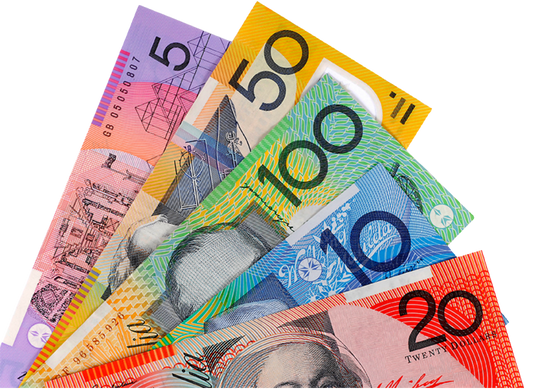
Which one is better for you?
Ducted Heating & Cooling Systems
A ducted system uses a central unit connected to ducts that distribute heated or cooled air through vents in multiple rooms. It’s ideal for whole-home climate control with a clean, unobtrusive look.
Best for:
- – Large or multi-room homes
- – New builds or full renovations
- – Households wanting uniform temperature throughout
Key Benefits:
- – Whole-home heating and cooling from one system
- -Hidden ductwork for a sleek aesthetic
- – Compatible with smart zoning to control specific areas
- – High energy efficiency with inverter technology
- – Eligible for VEU rebates in Victoria
Multi Split Air Conditioning Systems
Multi split systems feature multiple indoor units (wall-mounted or ceiling cassettes) connected to one outdoor compressor. Each indoor unit operates independently, giving you room-by-room control.
Best for:
- – Apartments, townhouses, or small-to-medium homes
- – Retrofitting into existing properties
- – Families who want different temperatures in different rooms
Key Benefits:
- – Individual temperature control in each room
- – Lower installation cost (no ductwork required)
- – Scalable – start with 2–3 rooms and expand later
- – Energy-efficient, especially when rooms are used selectively
- – Smart home compatible & rebate-eligible
What’s Right for You?
- – Choose a ducted system if you want seamless comfort across the whole home and have the ceiling space for ducting.
- – Go for a multi split system if flexibility, lower upfront cost, or retrofitting is your priority.
Not sure? At Zero Energy, we’ll assess your floor plan, usage habits, and budget to help you choose the most efficient system. Plus, we’ll help you access rebates to reduce your installation cost.
Book a free home consultation today and get one step closer to a more energy-efficient home!
Contributing to 7 of
United Nations’ Goals


Frequently Asked Questions
Can I install the battery in my garage?
Yes, you can. However, it usually comes at an additional cost due to compliance requirements. Every home is different, so please contact us for an exact installation quote.
Can I install a battery on my existing solar system?
Yes, you can. An AC-coupled battery is a great option for retrofitting a battery to your existing solar system.
Do you provide blackout protection with the installation of a battery?
Yes, blackout backup protection is available as an optional feature at an additional cost.
Can I get a battery to support my EV charger and home monitoring system?
Yes, we can help arrange that. Please get in touch with our team to explore compatibility with your specific brands and devices.
What Our Customers Say





Solar PV System
Rooftop solar is one of the most effective ways to cut household carbon emissions.
A 6.6 kW system (roughly 18–20 panels) can generate around 8,000–9,000 kWh annually in Melbourne, supplying most of a home’s electricity and significantly reducing reliance on fossil-fuel-powered grid energy. This clean energy output can offset nearly 100% of a typical home’s usage, with excess fed back into the grid. Solar is a key part of Victoria’s net-zero goals, typically eliminating 5–8 tonnes of CO₂ per year.
It’s an essential step in transitioning to renewable energy and achieving meaningful environmental impact at the household level.
Solar Battery Storage Systems
Installing a home battery (e.g. 10 kWh) maximises the benefits of rooftop solar by storing excess energy for use at night.
While it doesn’t generate power, it boosts solar self-consumption—raising it from ~20–40% to 60–80% of total generation. This reduces reliance on fossil-fuelled grid electricity during peak times. A 10 kWh battery charged daily can store around 3.65 MWh annually, offsetting energy that would otherwise come from gas or coal plants.
By shifting usage to clean, stored energy, batteries enhance energy independence and contribute to significant carbon emissions reductions, particularly in states like Victoria with fossil-heavy grids.
Room Heating & Cooling Solutions
Switching from gas-fired HVAC to an all-electric ducted heat pump system significantly cuts fossil fuel use. Modern reverse-cycle systems offer both heating and cooling efficiently.
In Victoria, the average household uses around 50 GJ of gas annually for heating, generating about 2.5 tonnes of CO₂. Replacing this with a 16 kW heat pump powered by renewable electricity can eliminate those emissions. Government rebates support this transition, helping homeowners save up to $500 per year on heating costs.
Electrifying home heating is essential for achieving zero-carbon homes and reducing environmental impact while improving energy efficiency and year-round comfort.
Electric Hot Water Heat Pumps
Water heating is a major household energy use, often powered by gas or outdated electric systems. Replacing these with electric heat pump hot water units can reduce energy consumption by 60–75%.
For example, a heat pump may use only ~1,000 kWh annually versus ~3,000–4,000 kWh for old electric tanks, saving ~2,000–3,000 kWh and 1.7–2.6 tonnes of CO₂ per year. Replacing a gas unit also cuts ~0.8–1.0 tonnes of emissions. When powered by renewables, heat pumps can reduce emissions to near zero.
Experts call this one of the most cost-effective upgrades in a home’s transition to all-electric living.
EV Car Chargers
Transportation is a major contributor to carbon emissions. Switching from a petrol or diesel car to an electric vehicle (EV), especially when charged with rooftop solar, can drastically reduce emissions.
Petrol cars emit ~180–200 g CO₂ per km, while EVs charged from solar have near-zero operational emissions. Even on Victoria’s grid, EVs emit ~100–150 g/km—still significantly lower. With solar, every kilometre driven saves ~0.18 kg CO₂, achieving a 97% emissions reduction.
Pairing an EV with solar energy not only slashes running costs but also makes personal transport cleaner, helping households dramatically reduce their environmental impact while gaining long-term savings.
Why Zero Energy?

One Partner - One Stop Shop
Reduce your Carbon Emissions
Cost Effective and Environment Friendly




